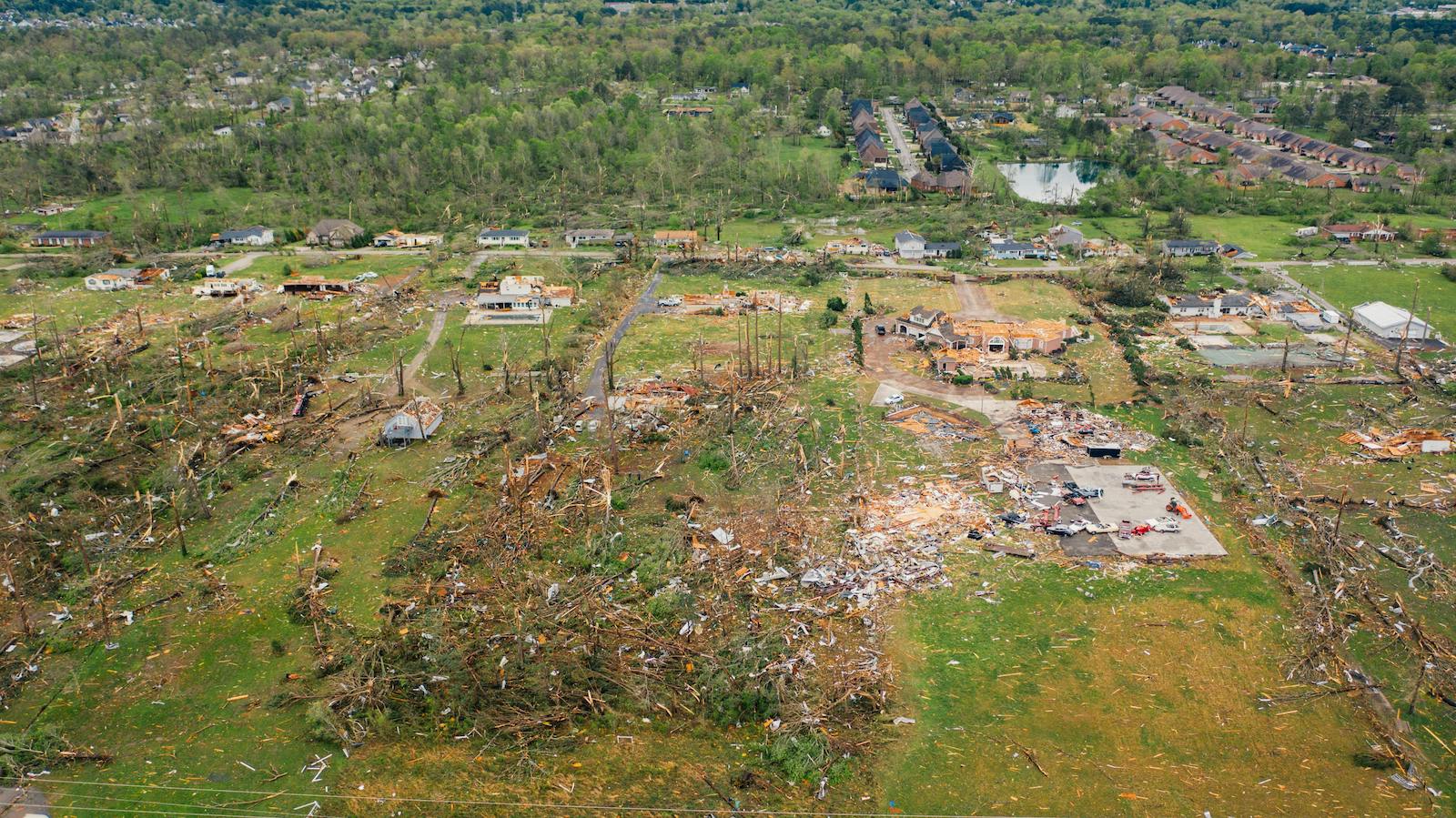Yet another hurricane season has left a broad swath of America’s coast in recovery mode following a once-in-a-generation storm, and wildfires are devastating California. The disasters remind the rest of us how fortunate we are to be safe. They remind government agencies about the importance of preparedness. And they remind employers about the importance of risk managers.
Disaster response is part of the job description for risk managers, of course, but that doesn’t make it any easier to suddenly be the most important person at the company in the exact moment that the situation is at its least predictable and most frenetic. Lives are in danger, homes are being inundated or burned, entire communities are scrambling for safety -- and you’re the person who is supposed to have answers and a plan.
The situation is one that insurance companies can understand. People may not fully appreciate their role when things are going well, but, when things go wrong, clients expect an immediate and efficient response. It may seem that the work of a risk manager or insurance company begins after a crisis, but those working in either field know that it’s the careful work of preparing that makes a successful response possible.
Some of the most effective risk managers are also realizing that tools and capabilities that allow for efficient insurance claims intake and processing can serve businesses and risk managers before a crisis. Consider Tropical Storm Harvey as it lined up on the U.S. Gulf Coast a year ago, making landfall near Corpus Christi on Aug. 25 and careening inland toward San Antonio before reversing back to the Gulf of Mexico and crashing into Houston, where it did even more damage.
Even the most dramatic satellite images or simulations were never going to prepare people on the ground for what was coming. That sort of work needs to be done on a personalized level, through systems that tell people about their specific risk levels, what to expect in their neighborhood, when to expect it and what to do about it. And then what to do if those initial warnings weren’t heeded.
See also: Natural Disasters and Risk Management
It’s the sort of work that third-party administrators (TPAs) for insurance carriers were preparing for as Texas braced for the most damaging storm to strike the continental U.S. since 2005. As risk managers for companies in the U.S. Gulf Coast reviewed their widely distributed workforce and facilities in the storm’s path, they, too, realized that they would soon be managing overwhelmed phone lines and routing calls to keep thousands of employees informed and as safe as possible through the storm.
The very same processes that an insurance company or its TPA uses to manage the wave of claims that follow a catastrophe are extremely well-suited to help the companies threatened by a disaster to be operationally resilient throughout. Just as importantly, a well-planned disaster response starts days before the crisis hits. In the social media age, it takes rigorous planning and agile systems to stay ahead of the myriad information channels employees are plugged into.
A disaster is overwhelming even for the biggest companies with well-resourced risk management teams. It can be a knock-out punch for smaller firms. About 25% of businesses don’t reopen after a disaster has passed, according to Insurance Information Institute
estimates. More than a third of small businesses have no emergency plans for severe weather or natural disasters, according to
a report from the U.S. Chamber of Commerce and Met Life in May.
With the power and frequency of storms and other natural disasters on the rise, companies are searching for solutions. A San Antonio-based construction and engineering company with dozens of offices and thousands of employees through Texas, Louisiana and the rest of the Gulf Coast saw the crisis coming. Its insurance needs would come soon enough, but, more immediately, it needed to communicate with its employees to keep them safe and informed about operations.
The company had never expected to have to equip so many employees for the magnitude of disruption that Harvey represented, and realized with only days to spare that its ability to survive the storm depended on being better prepared for it. The company needed a way to communicate with its employees in the storm’s dangerous and dynamic environment. Most importantly, this would help their employees and families survive the storm, but it would also put the company in a position to spring back faster and outcompete others who took longer to get back on their feet.
Taking advantage of today's technological capabilities, it found a service already experienced in rapidly standing up the type of infrastructure the company needed – a hotline, trained operators, automated routing of issues – and reached out to an intake specialist on a Friday evening to build a crisis response system by Monday morning. Practically overnight, the company gave its human resources department a tool for employees to check in and get information about the company’s response and what their own next steps should be.
As the storm continued to batter the region, the company was able to swiftly respond to facility concerns, reorganize employees to where they were needed and direct employees to the resources they needed to start rebuilding their lives. In the worst-hit areas, the company made sure that employees were out of harm's way and being given reliable updates, as opposed to relying on digital media and social sharing, which can become a default information source in the absence of a company system that can scale and configure fast. Those outside sources of information can quickly move into the vacuum left by a company’s inability to take and react to information and can become a new crisis in and of themselves, spawning rumors and unchallenged facts.
When the storm waters started to recede, this Gulf region firm was still strong. Because the risk management and human resources teams did not try to ride out the storm with legacy systems supporting their work, instead finding more sophisticated solutions, they maintained the trust of their workforce and the integrity of their business.
There are critical lessons that can be learned from this kind of quick intake system start and the attempt to build a resilient system:
- A strong contact center team is key, but not sufficient. The technology is available to make sure that the human interactions at the center of disaster response are more accurate, efficient and effective.
- Advanced dissemination and escalation engines are indispensable. Bad information spread over social media can exacerbate the crisis, and the only way to counter it is to make sure the right messages are reaching people faster.
- Intake systems need to start fast and then keep up with a rush of information. You have to prepare for the unexpected. Companies can’t always know what’s coming their way, so they need systems that can set up overnight.
- You have to be ready to adapt at a moment’s notice. Dynamic, rules-based intake scripts are not only essential at the outset, they allow for an intake process capable of adjusting to changing circumstances.
In a crisis, unexpected events are impossible to avoid, and a technology-driven system employing smart automation will take the unique business rules that every risk manager has and make their complexity manageable for intake specialists, minimizing disruptions.
See also: 5 Techniques for Managing a Disaster
A consistent concern among risk managers is that no matter how well one forecasts threats, develops detailed plans and runs drills against them, the speed and scale with which crisis can hit seems to be increasing. Preparation can start to seem impossible, but it isn’t. It just calls for new tools.
With this year's hurricanes and the harrowing fire season, risk managers are once again reviewing their ability to respond, and a close, detailed look at lessons learned from previous events like Harvey, and putting into place the countermeasures necessary to prevent unwanted surprises, can keep risk managers operating efficiently in the next crisis.








